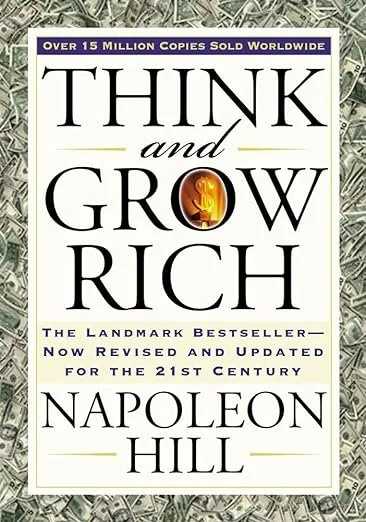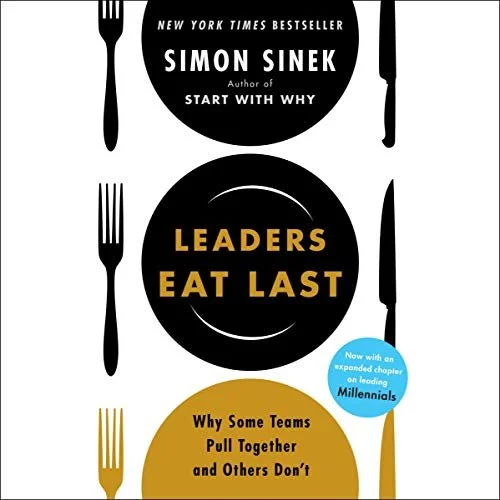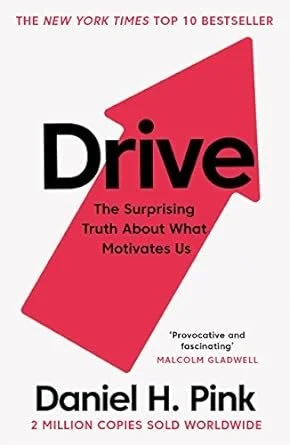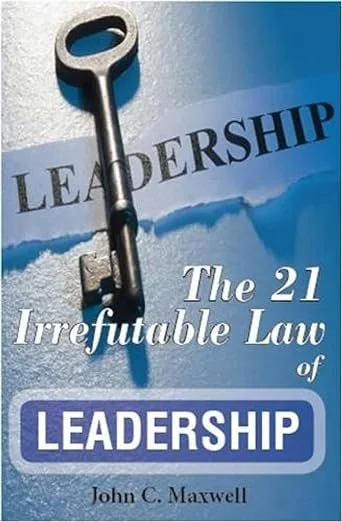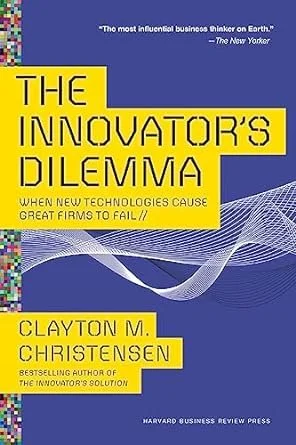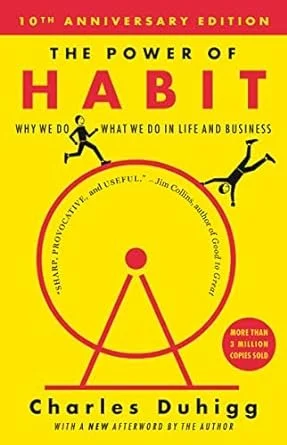Photo by Sincerely Media on Unsplash
In the legal industry bedside manner can sometimes be lacking. However, there is a growing number of lawyers, with their strong analytical and legal expertise, often aspire to excel not only as professionals but also as emotionally intelligent managers and leaders. To attain success in these multifaceted roles, lawyers can benefit immensely from a well-rounded reading list that encompasses various aspects of leadership, communication, and personal development. Here are some of the curated books, each offering invaluable lessons for lawyers looking to enhance their emotional intelligence (EI) and leadership abilities.
"Think and Grow Rich" by Napoleon Hill
While "Think and Grow Rich" is often associated with financial success, its principles can be applied to leadership and personal development. Lawyers can learn to harness their desires and set clear goals for their legal careers and leadership roles.
"Leadership and Self-Deception" by The Arbinger Institute
"The Arbinger Institute's "Leadership and Self-Deception" emphasizes the importance of self-awareness and understanding one's own biases in leadership. Lawyers can benefit from recognizing and addressing these biases to become more emotionally intelligent leaders.
"How to Win Friends and Influence People" by Dale Carnegie
Dale Carnegie's timeless classic provides valuable insights into effective communication and building strong relationships. Lawyers can apply these principles to connect with clients, colleagues, and their legal teams, fostering better collaboration and emotional intelligence.
"The 7 Habits of Highly Effective People" by Stephen R. Covey
Stephen R. Covey's "The 7 Habits of Highly Effective People" offers a framework for personal and professional effectiveness. Lawyers can learn to prioritize their tasks, manage their time, and lead by example, thereby enhancing their leadership skills.
"Mindset" by Carol S. Dweck
Carol S. Dweck's "Mindset" introduces the concept of a growth mindset. Lawyers who cultivate this mindset can embrace challenges, learn from failures, and continuously develop their leadership and emotional intelligence skills.
"The Five Dysfunctions of a Team" by Patrick Lencioni
Patrick Lencioni's book explores common challenges that teams face. Lawyers can learn how to build cohesive and high-performing teams by addressing these dysfunctions, fostering emotional intelligence among team members.
"Start with Why" by Simon Sinek
Simon Sinek's "Start with Why" emphasizes the importance of a clear sense of purpose. Lawyers who understand and communicate the "why" behind their legal work can inspire trust and commitment from their legal teams.
"Atomic Habits" by James Clear
James Clear's "Atomic Habits" builds on the concepts of habit formation and change. Lawyers can leverage this knowledge to develop positive habits that promote emotional intelligence and effective leadership.
"Leaders Eat Last" by Simon Sinek
Simon Sinek's book underscores the importance of leadership that prioritizes the well-being of team members. Lawyers who create supportive work environments built on trust and empathy can develop strong leadership skills and emotional intelligence.
"Fireproof" by Michael Morse
"Fireproof" by Michael Morse, while not a traditional leadership book, explores themes of relationships, personal growth, and resilience. Lawyers can learn valuable lessons in emotional intelligence, empathy, and communication from this novel.
"Good to Great" by Jim Collins
Jim Collins' "Good to Great" explores what sets great leaders and organizations apart. Lawyers can glean valuable insights into effective leadership and strategies for achieving enduring success.
"Getting to Yes" by Roger Fisher and William Ury
"Getting to Yes" is a foundational book on negotiation and conflict resolution. Lawyers can apply its principles to build stronger relationships, facilitate effective negotiations, and enhance their leadership abilities.
"Drive" by Daniel H. Pink
Daniel H. Pink's "Drive" delves into the science of motivation. Lawyers can understand the underlying principles of motivation and apply them to inspire and engage their legal teams.
"Dare to Lead" by Brené Brown
Brené Brown's "Dare to Lead" focuses on vulnerability, courage, and empathy in leadership. Lawyers who embrace these qualities can connect on a deeper level with their teams, fostering stronger relationships and emotional intelligence.
"The 21 Irrefutable Laws of Leadership" by John C. Maxwell
John C. Maxwell's "The 21 Irrefutable Laws of Leadership" provides a comprehensive guide to essential leadership principles. Lawyers can find practical advice on applying these laws to their legal practices and leadership roles.
"The Innovator's Dilemma" by Clayton Christensen
Clayton Christensen's "The Innovator's Dilemma" discusses disruptive innovation and how leaders can navigate technological change. Lawyers can gain insights into adapting to evolving legal technologies and industry shifts.
"Tipping Point" by Malcolm Gladwell
Malcolm Gladwell's "Tipping Point" helps lawyers understand how small changes can lead to significant outcomes. By grasping the dynamics behind the tipping point, lawyers can better anticipate and influence critical moments in their legal careers, enhancing their leadership capabilities.
"The Power of Habit" by Charles Duhigg
Charles Duhigg's "The Power of Habit" delves into the science of habit formation and change. For lawyers, understanding these principles can aid in personal development and create a culture of continuous improvement within their legal teams.
For lawyers aiming to excel as emotionally intelligent managers and leaders, a diverse reading list encompassing these influential books is invaluable. By understanding the principles of habit formation, effective communication, leadership, and personal development, lawyers can foster emotional intelligence, create tremendous value for their clients, build cohesive teams, and achieve enduring success in their legal careers and leadership roles.


